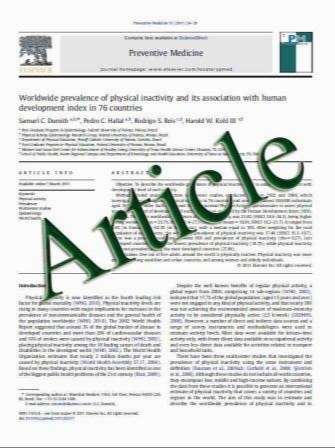Nephrotic syndrome occurring during tiopronin treatment for cystinuria
- نوع فایل : کتاب
- زبان : انگلیسی
- مؤلف : Velibor Tasic & Vladimir J. Lozanovski & Nadica Ristoska-Bojkovska & Emilija Sahpazova & Zoran Gucev
- چاپ و سال / کشور: 2011
Description
Cystinuria is an autosomal recessive disorder characterized with abnormal tubular reabsorption of cystine and dibasic amino acids leading to cystine urolithiasis. The classical form is caused by mutations in the SLC3A1 gene (OMIM 220100). The cornerstone of the treatment is high hydration and alkalization of the urine to achieve urine pH between 7.0 and 7.5, at which point, cystine solubility in the urine is optimal. These measures very often fail, and thus addition of sulfhydryl agents like penicillamine and tiopronin (mercaptopropionyl glycine) is recommended. Herein, we report a 3-year-old boy with cystinuria resulting in recurrent nephrolithiasis requiring surgery and extracorporeal shock wave lithotripsy. Nine months after introduction of tiopronin, the boy manifested generalized edema, oliguria, and biochemical indices of nephrotic syndrome. Tiopronin was withdrawn, and the boy was given only supportive treatment. Within 10 days, he entered into clinical and biochemical remission. Pediatricians should be aware of this adverse effect of tiopronin, and therefore, testing of the urine with strips or sulfosalicylic acid at least once weekly at home may be very helpful for early detection of proteinuria
Eur J Pediatr (2011) 170:247–249 DOI 10.1007/s00431-010-1315-3 Received: 23 August 2010 / Accepted: 22 September 2010 / Published online: 6 October 2010


